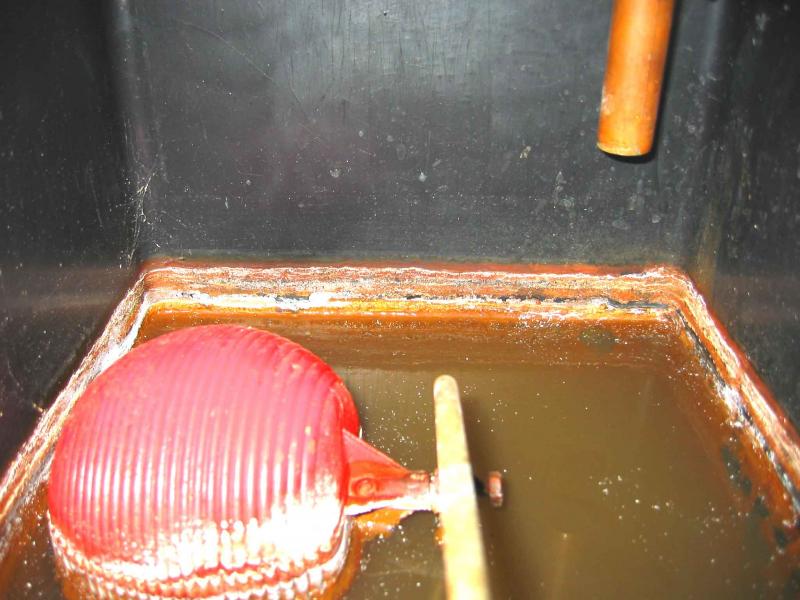I've tried to photograph the inside of my F&E Tank, taken after Power-Flushing carried out by my installation company (sorry the photo is a bit small, but it's my first attempt and I don't know how to upload a larger version in here):-
//media.diynot.com/188000_187987_47650_18452479_thumb.jpg
The system has been operating for 6-years and supposedly protected by Fernox F1 Inhibitor.
Are these deposits typical in such systems?
Should the tank have been cleaned out as part of the Power-flushing process?
The main thread for the problems I've been having is here:-
//www.diynot.com/forums/plumbing/glow-worm-24hxi-cycling-and-banging-help-please.325469/
//media.diynot.com/188000_187987_47650_18452479_thumb.jpg
The system has been operating for 6-years and supposedly protected by Fernox F1 Inhibitor.
Are these deposits typical in such systems?
Should the tank have been cleaned out as part of the Power-flushing process?
The main thread for the problems I've been having is here:-
//www.diynot.com/forums/plumbing/glow-worm-24hxi-cycling-and-banging-help-please.325469/



